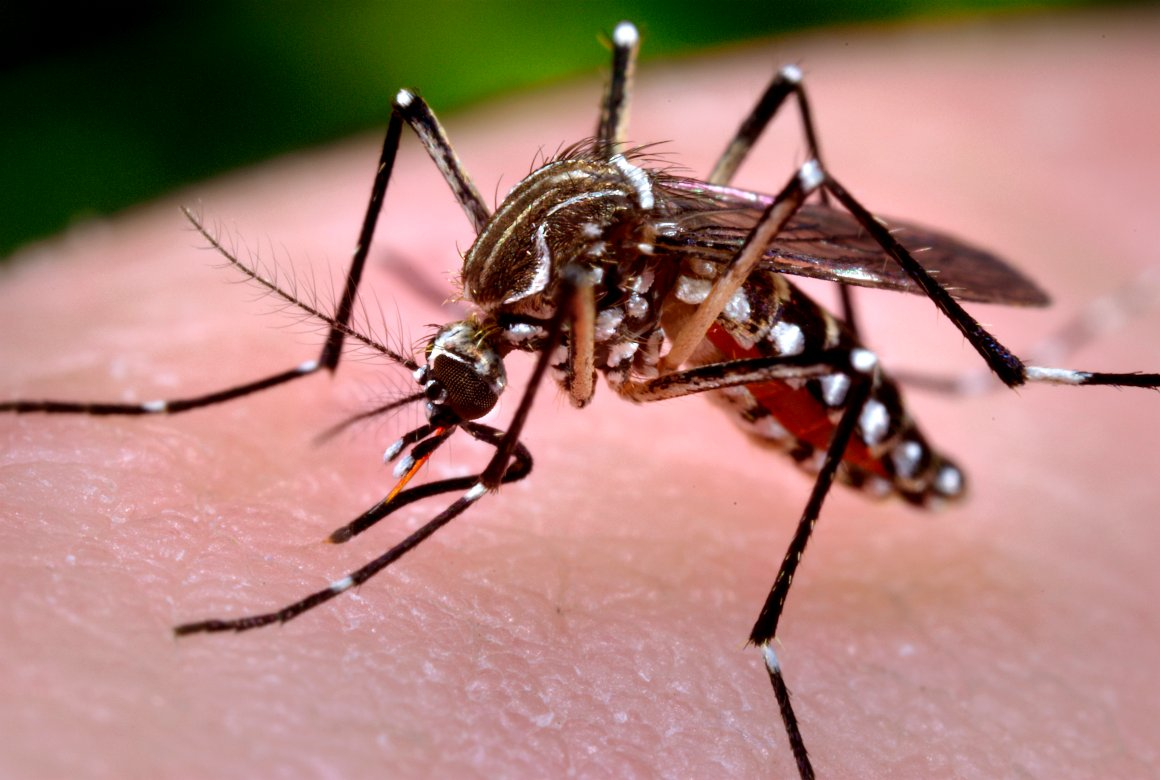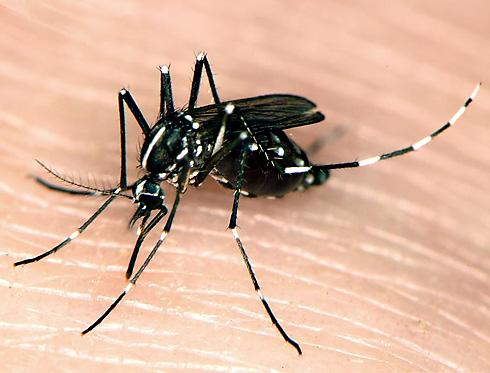Good news!
Good news?
How can Zika be good news?
However, this time there appeared to be some good news…except it was another HOAX that had conspiracy overtones.
For over a month the news has bombarded North American listeners with fears of the Zika Virus. Credible associations were made of two physical findings, microcephaly and the life-threatening, paralyzing, Guillain-Barré syndrome (WHO Director-General, 2016).
And yet, there still has been no established biological link of the Zika Virus “causing” these conditions. It is, so far, a legitimate, working hypothesis (WHO Director-General, 2016; WHO to convene, 2016; Zika Virus Travel Alert, 2016).
Yes, Brazilian ophthalmologists just published their recent findings of retinal damage in the eyes of some of the microcephalic babies. Their research suggested permanent vision problems (De Paula Freitas, B., et al., 2016) But, there was no proof the research established a biological link that the Zika Virus was what “caused” this condition. That would require a cohort (population) study following the children over time.
And, the 23 selected mothers were never tested to prove they had Zika Virus. Instead, they were given the presumptive label as positive cases because they had demonstrated symptoms and signs.
Then there was the “good news.” Unfortunately, the following turned out to be a HOAX: microcephaly doesn’t come from Zika Virus…it comes from “the larvacide… pyroproxyfen” (correct spelling is: pyriproxyfen) placed in the drinking water at the same locations where both Zika and microcephaly occur. Such is the 3 February 2016 assertion in a publication by Dr. Medardo Avila Vazquez, principle author, and the Argentinian and Brazilian scientists of Production Team REDUAS.
The theory stated that the Monsanto larvacide, pyriproxyfen (“pyroproxyfen” as REDUAS repeatedly misspelled it), which is routinely added to drinking water in mosquito-dense communities in many locations, just happened to coincide with the Zika Virus and the microcephaly epicenter near Recife, Brazil. Mosquitoes in the region were found to have odd, physical changes, which normally happens when introducing a larvacide and this was thought to indicate genetic risk to newborns.
This “confounding variable” was then thought (by Team REDUAS) to be the culprit, instead of Zika Virus. Justification for this position was that microcephaly mysteriously appeared first in Brazil and not earlier in the Zika Virus spread chronology (Avila Vazquez, 2016). But, somehow Team REDUAS omitted consideration of the Guillain-Barré syndrome that has also been associated with Zika Virus for the past three years (WHO Director-General, 2016; WHO to convene, 2016).
A “confounding variable” is an epidemiological concept. It identifies a condition that has guilt by association without sufficient deductive reasoning or collection of evidence. The epidemiological concept, “confounding variable,” cannot be selectively applied to just one community and not to other communities or other countries.
So, let’s view Team REDUAS reasoning another way to see why it does not make sense. Many communities that currently struggle with Zika Virus and microcephaly do not add pyriproxyfen to their water supplies.
Closer examination of the document reveals the research team is one of the principle groups promoting the theory that UK’s Oxitec genetically altered mosquitoes participate in the microcephaly problem. The group’s mission statement is to influence policymakers to abandon all attempts to reduce mosquito populations, especially chemical.
Larvacides have been used in public drinking water since the 1970’s, according to the World Health Organization (Diflubenzuron, 2001; Diflubenzuron, 2008). No association with biological causes has been made until this HOAX. Team REDUAS does not consider toxicology factors in its analysis. Toxicology factors are routinely considered in water supply analysis…and antibiotic dosing (Acute Toxicity Definitions, 2016). Toxicology was central to the Flint, Michigan lead-contaminated water analysis (Why Lead Poisoning is Feared in Flint, 2015).
Jersey City, New Jersey introduced chlorine to its water supply in 1908 (History of Drinking Water Treatment, 2012). Since then, communities around the world have benefited from public health improvements by similarly adding chlorine compounds to their water supply. Waterborne diseases vanished.
Chlorinated water supplies have contributed, in large part, to reducing the prevalence of the once common community diseases: cholera, dysentery, TB, typhoid fever, influenza, yellow fever, and malaria. (Achievements in Public Health, 1900-1999: Control of Infectious Diseases, 1999).
Water purification is not enough to combat the now, ubiquitous, Zika Virus. Vaccination provides hope in the distant future for those interested in receiving the treatment. Immune system enhancing opportunities now exist to reduce the risk of negative outcome. Transfer Factor, the active ingredient in all mammalian mother’s colostrum, has been suggested as an option because it’s touted as educating your personal immune system. It is now available in a questionable, proprietary (patented) oral formulation to limit availability and increase price. It performs no better than placebo (What are transfer factors? 2016).
REFERENCES:
Achievements in Public Health, 1900-1999: Control of Infectious Diseases. (1999). MMWR. 48(29). pp. 621-629. Retrieved February 15, 2016 from http://www.cdc.gov/mmwr/preview/mmwrhtml/mm4829a1.htm
Acute Toxicity Definitions. (2016). Chapter 5. International Labour Organization. United Nations. Retrieved February 15, 2016 from http://www.ilo.org/legacy/english/protection/safework/ghs/ghsfinal/ghsc05.pdf
Avila Vazquez, M. (2016). REPORT from Physicians in the Crop-Sprayed Villages regarding Dengue-Zika, microcephaly, and mass-spraying with chemical poisons. Team REDUAS. Retrieved February 15, 2016 from http://www.reduas.com.ar/wp-content/uploads/downloads/2016/02/Informe-Zika-de-Reduas_TRAD.pdf
De Paula Freitas, B., et al. (2016). Ocular Findings in Infants With Microcephaly Associated With Presumed Zika Virus Congenital Infection in Salvador, Brazil. JAMA Ophthalmol. Published online February 09, 2016. doi:10.1001/jamaophthalmol.2016.0267 and retrieved February 09, 2016 from http://archopht.jamanetwork.com/article.aspx?articleid=2491896
Diflubenzuron. (2008). Guidelines for Drinking-Water Quality, 3rd edition including 1st and 2nd addenda. World Health Organization. Retrieved February 15, 2016 from http://www.who.int/water_sanitation_health/dwq/chemicals/diflubenzuronsummary_2ndadd.pdf
DIFLUBENZURON toxicological evaluations – Evaluation for acceptable daily intake. (2001). Dewhurst Pesticides Safety Directorate,York, United Kingdom. Retrieved February 15, 2016 from http://www.inchem.org/documents/jmpr/jmpmono/2001pr04.htm#2.0
History of Drinking Water Treatment. (2012). Centers for Disease Control and Prevention. Retrieved February 15, 2016 from http://www.cdc.gov/healthywater/drinking/history.html
What are transfer factors? (2016). Retrieved September 3, 2016 from https://www.4life.com/8834499/about/science
WHO Director-General briefs Executive Board on Zika situation. (2016). Briefing to the Executive Board on the Zika situation, Geneva, Switzerland, 28 January 2016. Retrieved 30 January 2016 from http://www.who.int/dg/speeches/2016/zika-situation/en/
WHO to convene an International Health Regulations Emergency Committee on Zika virus and observed increase in neurological disorders and neonatal malformations. (2016). WHO statement, 28 January 2016. Retrieved 30 January 2016 from http://www.who.int/mediacentre/news/statements/2016/emergency-committee-zika/en/
Why Lead Poisoning is Feared in Flint. (2015). BBC World Service. Retrieved 30 January 2016 from http://www.bbc.co.uk/programmes/p03ctmmy
Zika Virus Travel Alert. (2016). Transcript for CDC Telebriefing: Zika Virus Travel Alert, Thursday, January 28, 2016. Retrieved 30 January 2016 from http://www.cdc.gov/media/releases/2016/t0128-zika-virus-101.html


